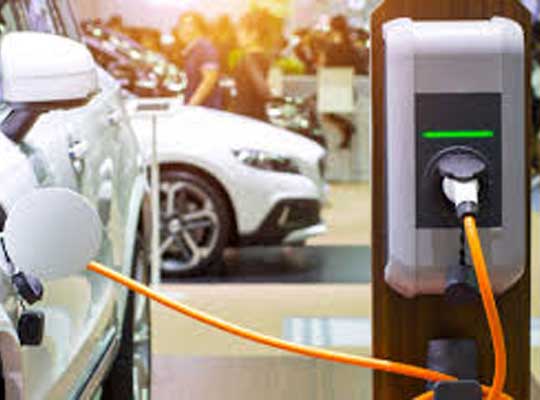This is the era of socio-economic growth. To drive this growth, we need environmental sustainability to go hand-in-hand with the rising energy needs. Since EVs are a cleaner and safer alternative to conventional vehicles, they will have to be adopted on a mass level to meet the future mobility requirements. This is the vision enshrined in the Government of India framework of Faster Adoption and Manufacturing of Electric Vehicles (FAME) – II. Many companies globally are also promising a surge of EVs. Hyundai recently announced that it is considering battery leasing and reuse strategy to reduce the price of EVs. Nio is building over 5000 stations across China.
From a practical perspective, alongside the benefits to the environment, EVs can also pose major challenges to the power grid operations. The impact of EVs on power grids globally is dependent on the strategies and methods adopted for management and usage of electric vehicles. As the numbers rise from a minute percentage to a majority, this impact has to be carefully examined.
While there are different types of charging infrastructures that can be used to serve the purpose, Battery Swapping Station (BSS) comes across as a key solution. Unlike the regular fast-charging stations, a BSS works on the simple premise of removing the discharged battery and quickly replace it with another fully charged battery that would keep the vehicle going. This enables the vehicle driver to get back to road in a matter of minutes, and the discharged battery is left with the BSS to charge.
The BSS option allows the user to regain the power to drive in nearly the same amount of time that it would take to refill the tank at a conventional gas station (in fact, sometimes the gas station queues can take a lot more time). This makes the process extremely convenient for the users, especially the commercial passenger vehicle drivers such as the e-rickshaw operators in India for whom time off the road means loss of earning.
In comparison to the conventional EV charging stations, BSS can dynamically create battery charging and discharging strategies to create a greater involvement with the power grid and increase their revenue generation. In an integrated model, the BSS can be conducive to peak shaving and valley filling of the power grid and enhance the efficiency of the power grid operations. Such a system can eliminate the unregulated charging behaviour of EV users which might lead to creation of sharper peak and valley differences throughout the day.
Role of BSS with V2G in ensuring power grid reliability
BSS with bi-directional chargers can work as a power back up system and offer capacity support to the grid in emergency scenarios by extracting energy stored in the replaced EV batteries in stock. Thus, there would be lesser risk of loss-of-load caused by power supply disruptions due to grid component failures.
This ability of EV BSS using V2G technology to serve as an alternative power source has been the source of a lot of attention in the recent times. Unlike a typical EV charging station, BSS focus on the battery, and the EVs are offered easy replacement of the discharged battery with a fully charged battery in a matter of minutes. Subsequently, the BSS can charge the battery in a centralized and strategic manner. This model of operations results in a much higher battery swapping efficiency of the BSS and the EV served. Also, the fact that the batteries are charged as per a scheduling strategy, the charging behaviour is well regulated. In case there is a distribution network outage due to technical failure or adverse weather event, the BSS can step up as backup power storage and releases the stored energy back into the distribution network. Thus, it will reduce the adverse effect of power shortages and make the whole distribution network far more reliable.
In conclusion
A smart BSS with V2G capability will not only efficiently power the vehicles, but can also serve as a backup energy source to allow the flow of energy back into the grid in contingency times. Thus, it would reduce the power shortage inconveniences and boost the reliability of power grids even in the face of a significant rise in the global usage of electric vehicles!









